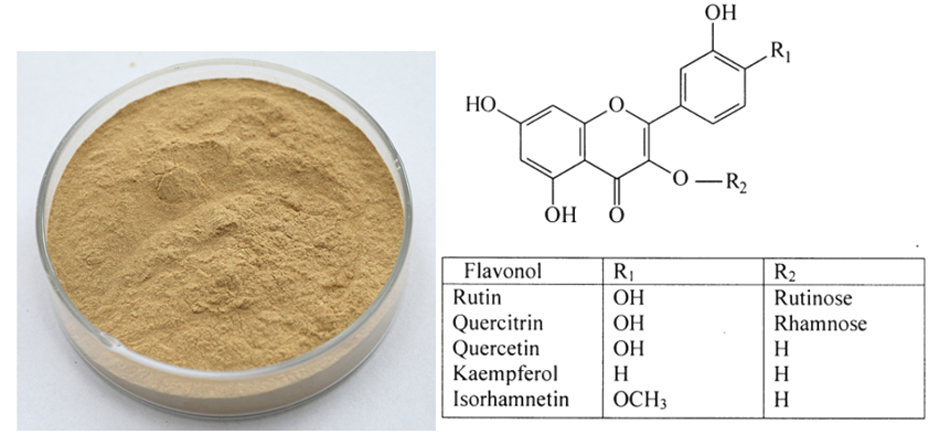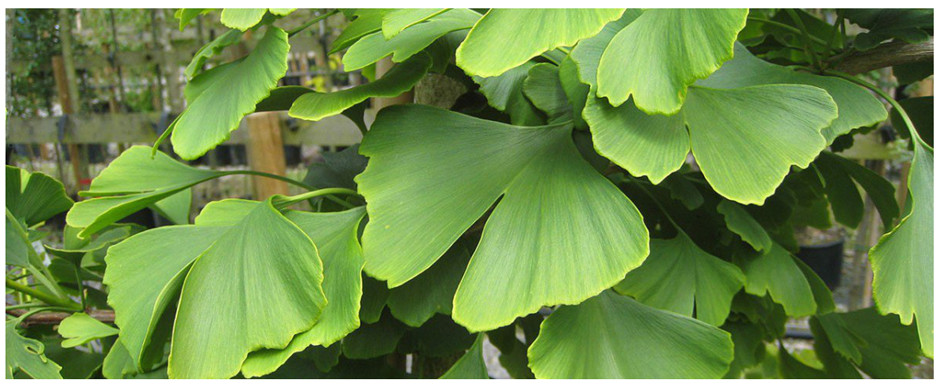OEM/ODM China Ginkgo Biloba Extract Supply to Provence
OEM/ODM China Ginkgo Biloba Extract Supply to Provence Detail:
[Latin Name] Cinnamomun camphcra
[Plant Source] It is extracted from Ginkgo Biloba Leaf.
[Specifications]
1, Ginkgo Biloba Extract 24/6
Total Ginkgo flavone glycosides 24%
Total terpene lactones 6%
2, Ginkgo Biloba Extract 24/6
Total Ginkgo flavone glycosides 24%
Total terpene lactones 6%
Ginkgolic acid 5ppm
3,CP2005
Total Ginkgo flavone glycosides 24%
Quercatin: kaemperol 0.8–1.5
Total terpene lactones 6%
Ginkgolic acid <5ppm
4.Germany Standard
Total Ginkgo Flavone Glycosides 22.0%-27%
Total Terpene Lactones 5.0%-7.0%
Bilobalides 2.6%-3.2%
Ginkgolic acid <1ppm
5.Water-Soluble Ginkgo Biloba Extract 24/6
Water Solubility: 5g Ginkgo Biloba Extract will be dissolved completely in 100g water
Total Ginkgo Flavone Glycosides 24.0%
Total Terpene Lactones 6.0%
Ginkgolic acid <5.0ppm
[Appearance] Light yellow fine powder
[Particle size] 80 Mesh
[Loss on drying] £ 5.0%
[Heavy Metal] £10PPM
[Extract solvents] Ethanol
[Storage] Store in cool & dry area, keep away from the direct light and heat.
[Package] Packed in paper-drums and two plastic-bags inside.
[Function]
Expanding blood vessel, resisting insufficient blood and oxygen deficit, increasing blood flow, improving cerebral arteries and distal
blood flow. Promoting cerebral circulation metabolism, improving memory function, resisting depression, resisting lipidic overoxidation,
protecting liver damage.
In clinic, curing high blood pressure, hyperlipoidemia, coronary heart disease, angina pectoris, arterial sclerosis, cerebral embolism,
senile dementia, primary and periodic dropsy, acute drumming in the ears, epicophosis, a variety of body function in disorder, dizziness
and so on.
Product detail pictures:

Related Product Guide:
It is a good way to improve our products and service. Our mission is to develop creative products to customers with a good experience for OEM/ODM China Ginkgo Biloba Extract Supply to Provence , The product will supply to all over the world, such as: Guyana, Cape Town, Lebanon, By integrating manufacturing with foreign trade sectors, we can offer total customer solutions by guaranteeing the delivery of right items to the right place at the right time, which is supported by our abundant experiences, powerful production capability, consistent quality, diversified product portfolios and the control of the industry trend as well as our mature before and after sales services. We'd like to share our ideas with you and welcome your comments and questions.
Papaya fruit nutrition facts.
Papaya fruit s another gift of Mexicans to this world. This exotic fruit, is packed with numerous health benefiting nutrients. It is one of the favorites of fruit lovers for its nutritional, digestive, and medicinal properties. It probably thought to have originated in the Central Americas.
Papaya plant is grown extensively all over the tropical regions under cultivated farms for its fruits as well as for latex, papain, an enzyme that found wide applications in the food industry.
Botanically, the plant belongs to Caricaceae family of flowering plants, in the genus; Carica.
Scientific name: Carica papaya.
Papaya fruit health benefits.
The papaya fruit is very low in calories (just 39 calories/100 g) and contains no cholesterol; however, it is a rich source of phyto-nutrients, minerals, and vitamins.
Papayas contain soft, easily digestible flesh with a good amount of soluble dietary fiber that helps to have normal bowel movements; thereby reducing constipation problems.
Fresh, ripe papaya is one of the fruits with the highest vitamin-C content (provides 61.8 mg or about 103% of DRI, more than that of in oranges, or lemons). Research studies have shown that vitamin C has many important functions like free radicals scavenging, immune booster, and anti-inflammatory actions.
It is also an excellent source of Vitamin-A (provides 1094 IU/100 g) and flavonoids like ß-carotene, lutein, zea-xanthin and cryptoxanthin. Vitamin A is required for maintaining healthy mucus membranes and skin and is essential for healthy vision. These compounds are known to have antioxidant properties; help act as protective scavengers against oxygen-derived free radicals and reactive oxygen species (ROS) that play a role in aging and various disease processes. Consumption of natural fruits rich in carotenes has known to protect the body from lung and oral cavity cancers.
Papaya fruit is also rich in many essential B-complex vitamins such as Folic acid, pyridoxine (vitamin B-6), riboflavin, and thiamin (vitamin B-1). These vitamins are essential in the sense that body requires them from external sources to replenish and play a vital role in metabolism.
Fresh papaya also contains a good amount of potassium (257 mg per 100 g) and calcium. Potassium is an important component of cell and body fluids and helps controlling heart rate and blood pressure countering effects of sodium.
Papaya seeds have been proven natural remedy for many ailments in the traditional medicines. The seeds can be found application as anti-inflammatory, anti-parasitic, and analgesic, and used to treat stomachache, and ringworm infections.
Papaya.
Papaya fruit Nutritive Value per 100 g.
Energy 39 Kcal
Carbohydrates 9.81 g
Protein 0.61 g
Total Fat 0.14 g
Cholesterol 0 mg
Dietary Fiber 1.80 g
Vitamins
Folates 38 µg
Niacin 0.338 mg
Pantothenic acid 0.218 mg
Pyridoxine 0.019 mg
Riboflavin 0.032 mg
Thiamin 0.027 mg
Vitamin A 1094 IU
Vitamin C 61.8 mg
Vitamin E 0.73 mg
Vitamin K 2.6 µg
Electrolytes
Sodium 3 mg
Potassium 257 mg
Minerals
Calcium 24 mg
Iron 0.10 mg
Magnesium 10 mg
Phosphorus 5 mg
Zinc 0.07 mg
Phyto-nutrients
Carotene-ß 276 µg
Crypto-xanthin-ß 761 µg
Lutein-zeaxanthin 75 µg
Safety profile.
Papayas contain white milk like sap (latex) substance which can cause irritation to skin and provoke allergic reaction in some sensitized persons.
Ripe papaya fruit can be safely used by pregnant women. Unripe, green papaya should be avoided in them since it contains high levels of papain, a proteolytic enzyme. Additionally, unripe-papaya, its seeds, latex, and leaves also contain carpaine, an alkaloid which could be dangerous when eaten in high doses. Unripe papaya, however, can be eaten safely as a cooked vegetable.
Foods for Health Channel
https://www.youtube.com/channel/UC3qMrxIOg-LZ9kJZTses-JA
Video
If you like my video so please subscribes the channel and share with your friends
and helps my little army to grow.
Those Dayes will be good
Thank you
And Take care.
I followed Chris Russel’s directions from his RunRunLive podcast and ended up with a yummy treat! Toasted popped pumpkin seeds!
Check it out here
https://www.RunRunLive.com/my-pumpkin-seed-recipe
We have been appreciated the Chinese manufacturing, this time also did not let us disappoint,good job!





